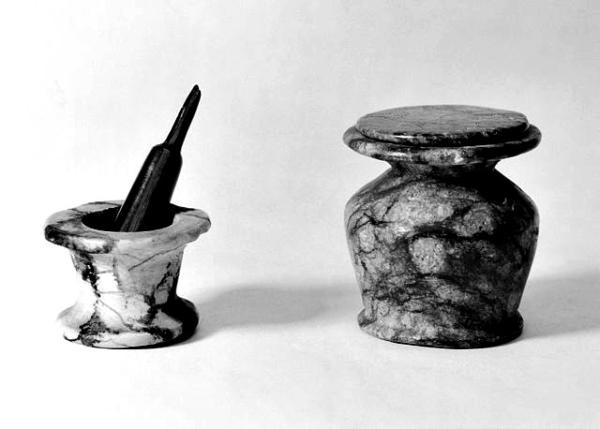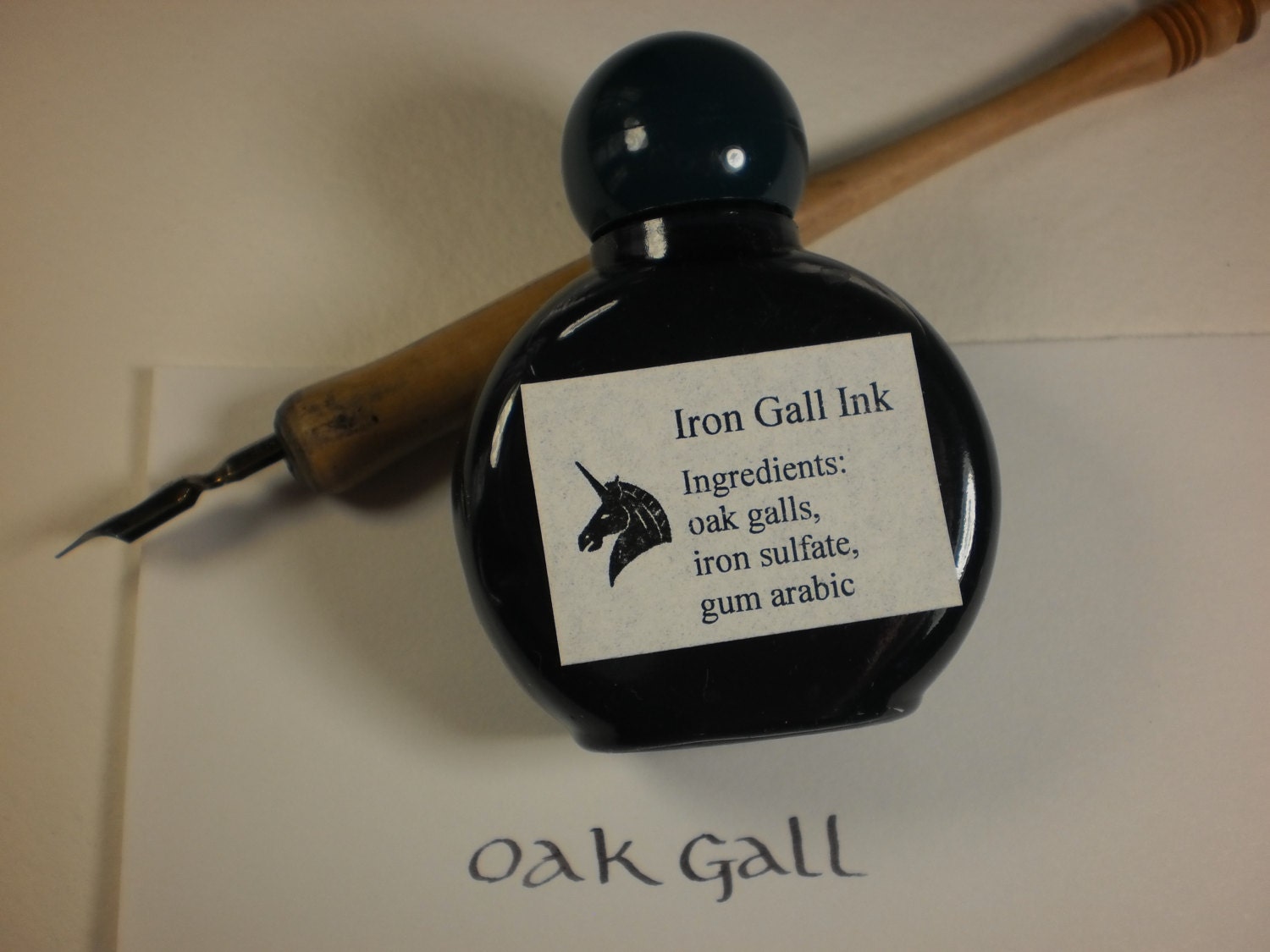Invention Of Ink (with History) Presentation
| Introduction to the Invention of Ink | ||
|---|---|---|
| Ink is a liquid or paste used for writing, drawing, or printing. The invention of ink can be traced back to ancient civilizations. Ink has played a significant role in the development of human communication. | ||
| 1 | ||
| Origins of Ink in Ancient Egypt | ||
|---|---|---|
| Ancient Egyptians invented ink around 2500 BCE. The ink used by Egyptians was made from a mixture of carbon black, gum, and water. They used reed pens to write on papyrus, a type of paper made from the papyrus plant. | ||
| 2 | ||
| Chinese Ink and the Art of Calligraphy | ||
|---|---|---|
| Chinese ink, also known as India ink, has a long history dating back to 2nd century BCE. It was made from a mixture of soot, water, and glue. Chinese calligraphy, an ancient art form, extensively used ink for creating beautiful characters. | ||
| 3 | ||
| Development of Iron Gall Ink in Europe | ||
|---|---|---|
| Iron gall ink was widely used in Europe from the 5th to the 19th century. It was made by combining oak galls, iron salts, and water. This ink was highly durable and commonly used by scribes and artists. | ||
| 4 | ||
| Renaissance and the Birth of Printing Ink | ||
|---|---|---|
| The invention of the printing press in the 15th century created a demand for a new type of ink. Oil-based inks, made by mixing pigments with linseed oil, were introduced during the Renaissance. This new ink allowed for faster and more efficient printing, revolutionizing the spread of knowledge. | ||
| 5 | ||
| Industrial Revolution and the Rise of Modern Ink | ||
|---|---|---|
| The industrial revolution in the 18th and 19th centuries brought advancements in ink production. Chemical-based inks, such as aniline inks, were developed during this period. These inks provided a wider range of colors and improved printing quality. | ||
| 6 | ||
| Fountain Pen Ink and the Modern Era | ||
|---|---|---|
| Fountain pen ink, specifically formulated for use in fountain pens, emerged in the 19th century. This ink had a consistent flow and didn't clog the pen. It was a significant development in the history of ink, making writing more convenient. | ||
| 7 | ||
| Modern Ink Technologies | ||
|---|---|---|
| In the 20th century, various ink technologies were introduced, such as ballpoint, gel, and rollerball inks. These advancements improved the quality, convenience, and versatility of inks for different writing instruments. New formulations, such as quick-drying and waterproof inks, were developed to meet specific needs. | ||
| 8 | ||
| Environmental Concerns and Ink | ||
|---|---|---|
| In recent years, there has been a growing focus on environmentally friendly inks. Water-based inks, made with natural pigments, have gained popularity as they are less harmful to the environment. Researchers are continually exploring new eco-friendly ink alternatives to reduce the impact on the planet. | ||
| 9 | ||
| Conclusion | ||
|---|---|---|
| The invention of ink has played a vital role in the history of human communication. From ancient Egyptians to modern technologies, ink has continually evolved. Ink will continue to be an essential medium for conveying thoughts, ideas, and creativity in the future. | ||
| 10 | ||









